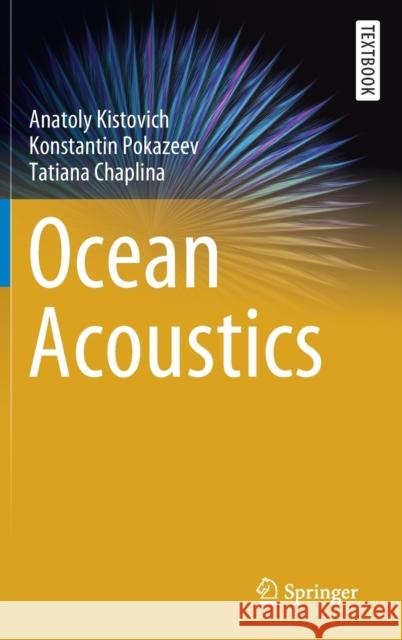Ocean Acoustics » książka
topmenu
Ocean Acoustics
ISBN-13: 9783030358839 / Angielski / Twarda / 2020 / 165 str.
Ocean Acoustics
ISBN-13: 9783030358839 / Angielski / Twarda / 2020 / 165 str.
cena 523,30
(netto: 498,38 VAT: 5%)
Najniższa cena z 30 dni: 501,19
(netto: 498,38 VAT: 5%)
Najniższa cena z 30 dni: 501,19
Termin realizacji zamówienia:
ok. 22 dni roboczych
Dostawa w 2026 r.
ok. 22 dni roboczych
Dostawa w 2026 r.
Darmowa dostawa!
Kategorie BISAC:
Wydawca:
Springer
Seria wydawnicza:
Język:
Angielski
ISBN-13:
9783030358839
Rok wydania:
2020
Dostępne języki:
Numer serii:
000799167
Ilość stron:
165
Waga:
0.43 kg
Wymiary:
23.39 x 15.6 x 1.12
Oprawa:
Twarda











